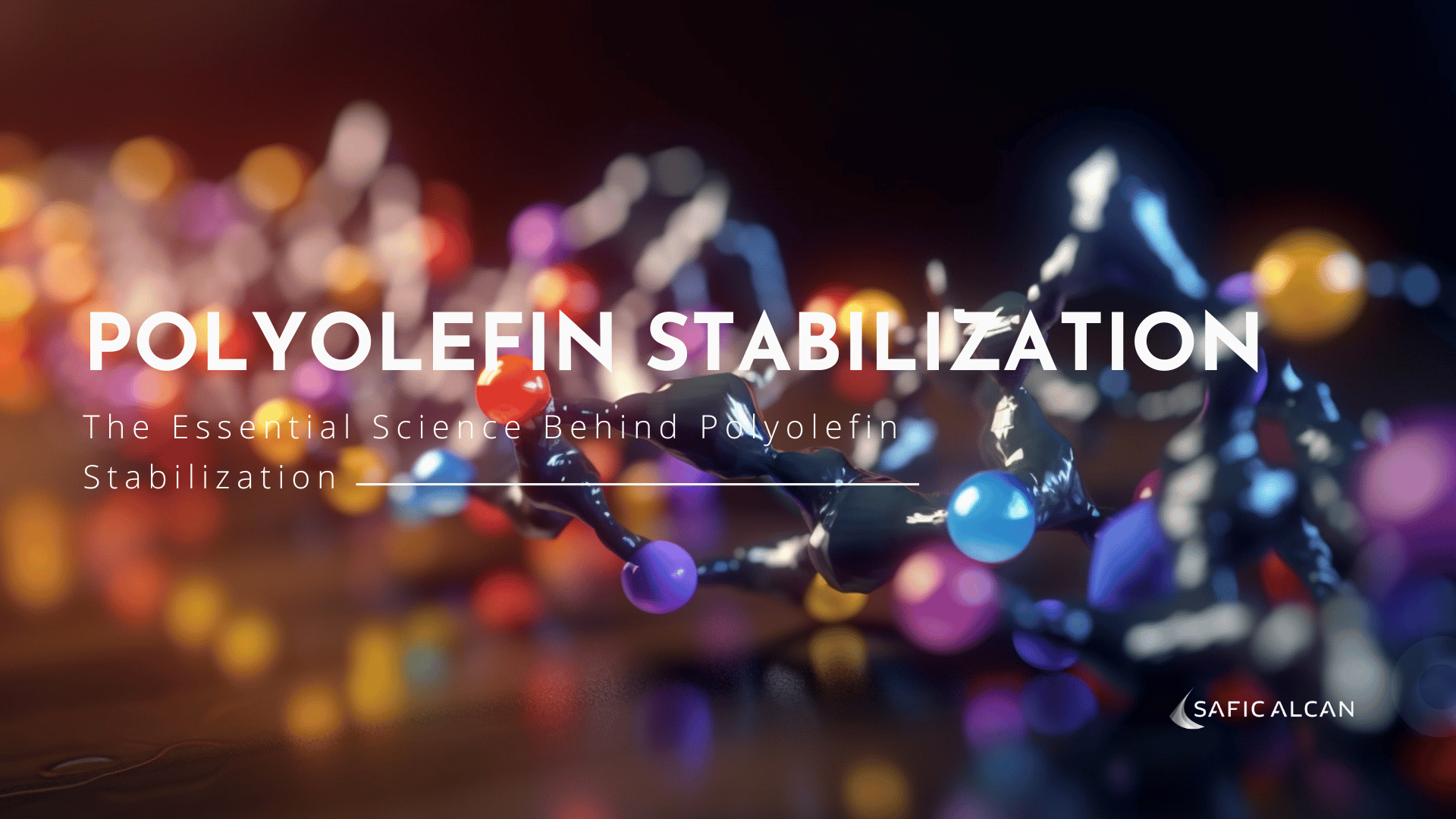The Essential Science Behind Polyolefin Stabilization

This is our second article from the series : The Antioxidants Chronicles. To read the first one, click here.
********
The polymer industry stands as a testament to the relentless innovations that have catalyzed profound changes across manufacturing, healthcare, consumer goods, and various other sectors. Among these transformative advancements, the emergence of polyolefins, particularly polypropylene (PP), has profoundly shaped the trajectory of materials in the global economy.
However, behind each lightweight and durable plastic application lies the intricate science of stabilization, as seen in our last introductory article—a fundamental process crucial for preserving the polymer's performance and visual appeal. This article is tailored for engineers, scientists, and professionals eager to delve deeper into the realm of polyolefin stabilization, with a particular emphasis on propylene-based polymers. We will unravel the meticulous journey of ensuring plastic longevity and its pivotal role in our contemporary industrial landscape.
The Intricacies of Polyolefins
Polyolefins, a versatile family of polymers derived from simple olefin monomers like ethylene and propylene, have become ubiquitous due to their remarkable characteristics such as robustness, chemical resistance, and thermal stability. Nonetheless, they are not impervious to the deteriorative forces of oxidation, which can lead to discoloration, mechanical weakness, and other detrimental effects.
Stabilization of Polypropylene
The thermal oxidation of PP notably triggers the formation of aldehydes, ketones, and carboxylic acids, underscoring the imperative to shield this valuable material against such degradation. Stabilization commences immediately after polymerization during pelletizing, necessitating the meticulous selection of a comprehensive stabilization package that aligns with the polymer's application requirements.
Primary antioxidants, exemplified by Euronox 10, stand as pillars for extended heat stability. These compounds, often hindered phenols, serve as the initial line of defense against oxidation by intercepting and neutralizing free radicals. They offer enduring protection, particularly in applications where the polymer will endure prolonged exposure to moderate to high temperatures.
Secondary antioxidants, such as the hydrolytically stable Euronox 168, play a complementary role. These substances bolster the polymer's protection during processing, thwarting oxidative damage while preserving the integrity of the final product against the myriad challenges it may confront post-processing.

The ideal blend of Antioxidants
The ideal blend of primary and secondary antioxidants hinges upon the intricacies of the processing conditions, application specifications, and the requisite shelf-life of the product. A balanced approach, typically achieving a 1:1 ratio. Conversely, when prioritizing long-term heat stability, a higher phenolic content—a 2:1 ratio—is advocated. Such configurations may incorporate synergists, like thioesters, which retain efficacy below 120°C, thereby furnishing a defense mechanism during high-temperature excursions.
By comprehending the intricacies of PP stabilization, engineers and scientists are empowered to select and customize the optimal package, ensuring that polyolefins consistently deliver performance in modern applications. This fusion of art and science underscores the precision inherent in every stage of polymer development, ultimately bestowing the reliability and longevity demanded by contemporary standards.
Polymer stabilization stands as a complex yet indispensable facet of material science and engineering. The delicate equilibrium of primary and secondary antioxidants is pivotal to the performance of polyolefins, shielding them against the corrosive effects of oxidation. With a deeper comprehension of this domain, the innovative potential of polyolefins can unfurl, enabling even more versatile and durable applications in the future.
Expanding on the intricacies of polyolefin stabilization provides a richer understanding for professionals navigating the complexities of polymer science. Through the synergy of primary and secondary antioxidants, polypropylene and its counterparts can endure and excel in diverse environments, ensuring their continued contribution to the fabric of modern industry.
Your Formulation Project
We provide a large portfolio of stabilizers for your plastics formulations. We invite you to visit our dedicated online catalog.
In our next article, we will talk about the stabilization of polyethylene, so stay tuned!






